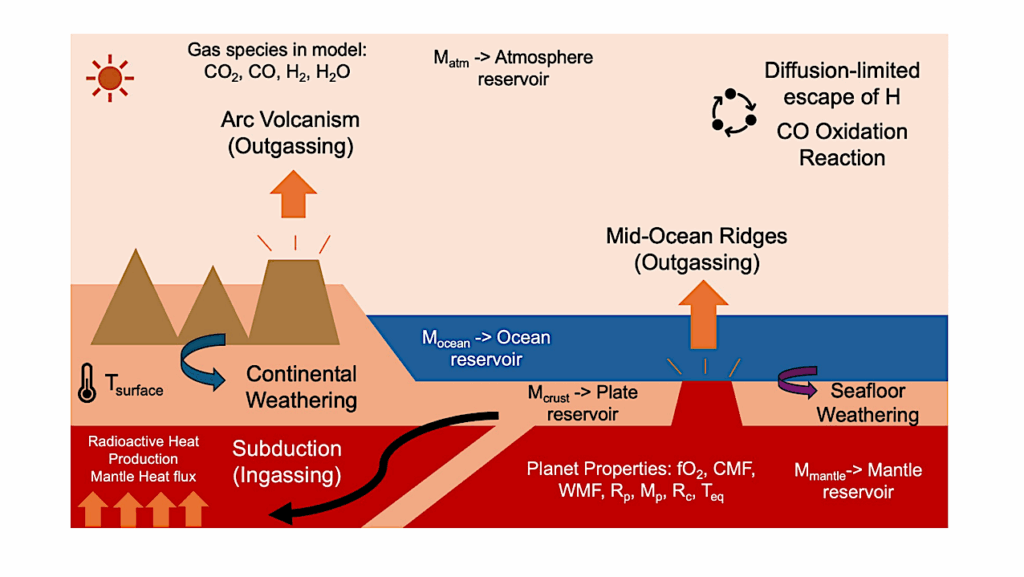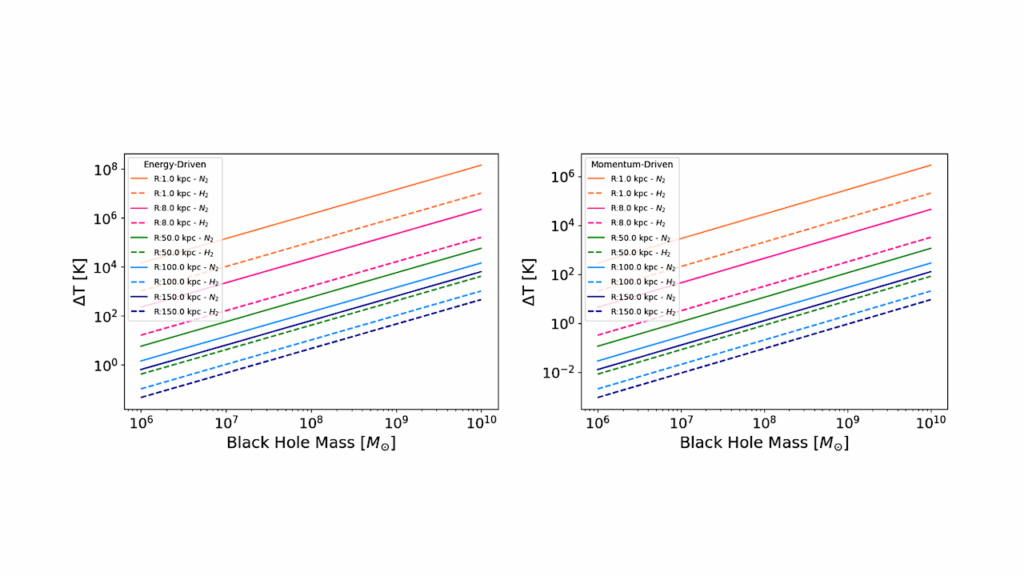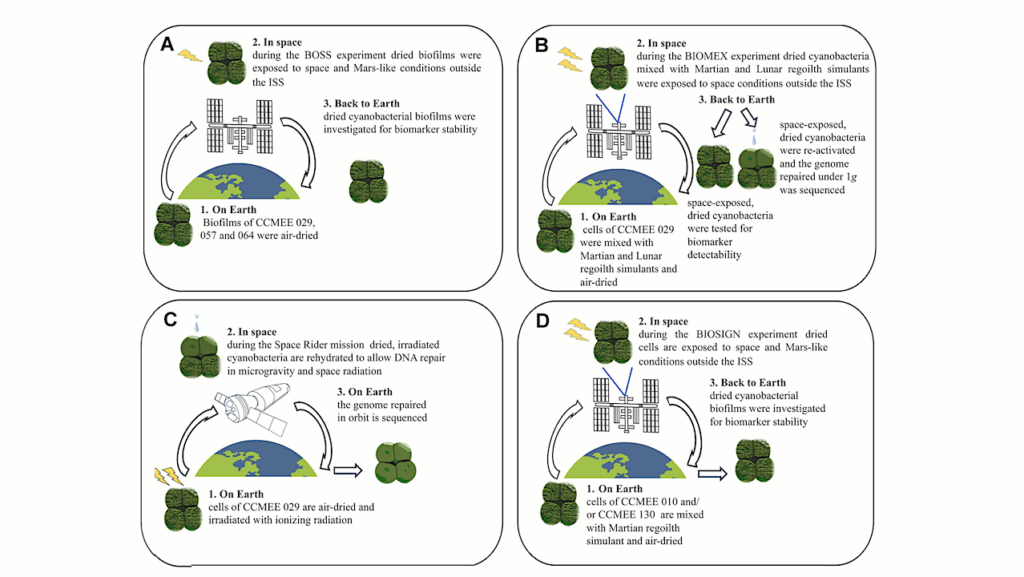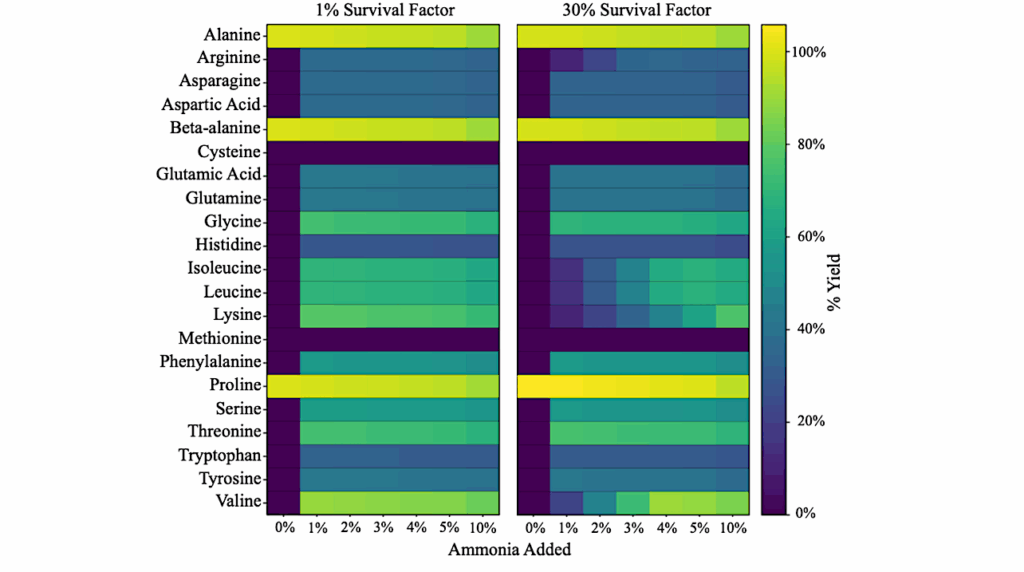The Exospace Weather Frontier
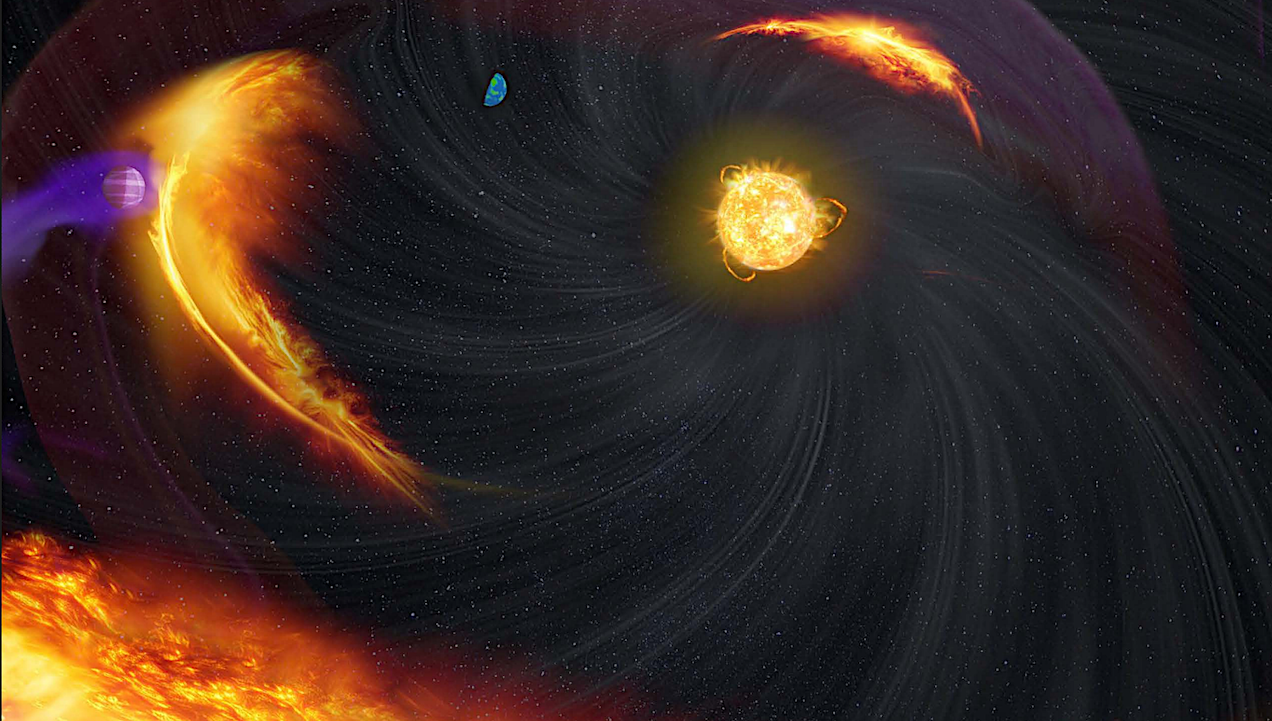
Space weather is among the most powerful and least understood forces shaping planetary atmospheres. In our Solar System, we observe its effects directly: atmospheric escape, chemical disruption, and spectacular auroral displays.
Yet for exoplanets, we lack the tools and data to comprehensively assess the impacts of space weather, especially invisible elements like stellar winds, coronal mass ejections, energetic particles, and variable interplanetary magnetic fields. This problem lies at the intersection of four key fields: heliophysics, planetary science, astrobiology, and astrophysics.
In 2023–2025, experts from these four fields convened at the W. M. Keck Institute for Space Studies to explore pathways for advancing the study of exospace weather. Organizing the subject into five core themes — planets and their stellar particle environments, stellar magnetism and space weather modeling, quasi-steady stellar winds, transient events, and programmatic pathways — our team synthesized concepts from across relevant fields and identified a wide array of opportunities for progress. This report is the product of that effort.
It assembles cross-disciplinary knowledge; highlights outstanding theoretical challenges; explores promising innovations in observation, modeling, methodology, and instrumentation; and makes recommendations for accelerating community-wide progress. Together, these lay out a path to transforming the challenging, yet tractable problem of exospace weather into a foundational element of our understanding exoplanetary systems, and our own Solar System, in their entirety.
R. O. Parke Loyd, Evgenya L. Shkolnik, Joseph Lazio, Gregg W. Hallinan, Julián Alvarado-Gómez, Laura Amaral, Ivey Davis, Alison Farrish, James Green, Dave Brain, Bin Chen, Christina Cohen, Shannon Curry, Karin Dissauer, Arika Egan, Nat Gopalswamy, Guillaume Gronoff, Shadia Habbal, Renyu Hu, Meng Jin, James Paul Mason, Ruth Murray-Clay, Kosuke Namekata, Rachel Osten, Antígona Segura, Astrid Veronig, Aline Vidotto, Maurice Wilson, Yu Xu
Comments: 170 pages, 55 figures (with table of contents, references, appendices, glossary, and index)
Subjects: Instrumentation and Methods for Astrophysics (astro-ph.IM); Earth and Planetary Astrophysics (astro-ph.EP); Solar and Stellar Astrophysics (astro-ph.SR)
Cite as: arXiv:2511.02871 [astro-ph.IM] (or arXiv:2511.02871v1 [astro-ph.IM] for this version)
https://doi.org/10.48550/arXiv.2511.02871
Focus to learn more
Journal reference: 2025 W. M. Keck Institute of Space Studies (KISS), California Institute of Technology
Related DOI:
https://doi.org/10.26206/gmhk5-amp17
Focus to learn more
Submission history
From: R. O. Parke Loyd
[v1] Tue, 4 Nov 2025 03:20:57 UTC (14,052 KB)
https://arxiv.org/abs/2511.02871
Astrobiology, Space Weather,


